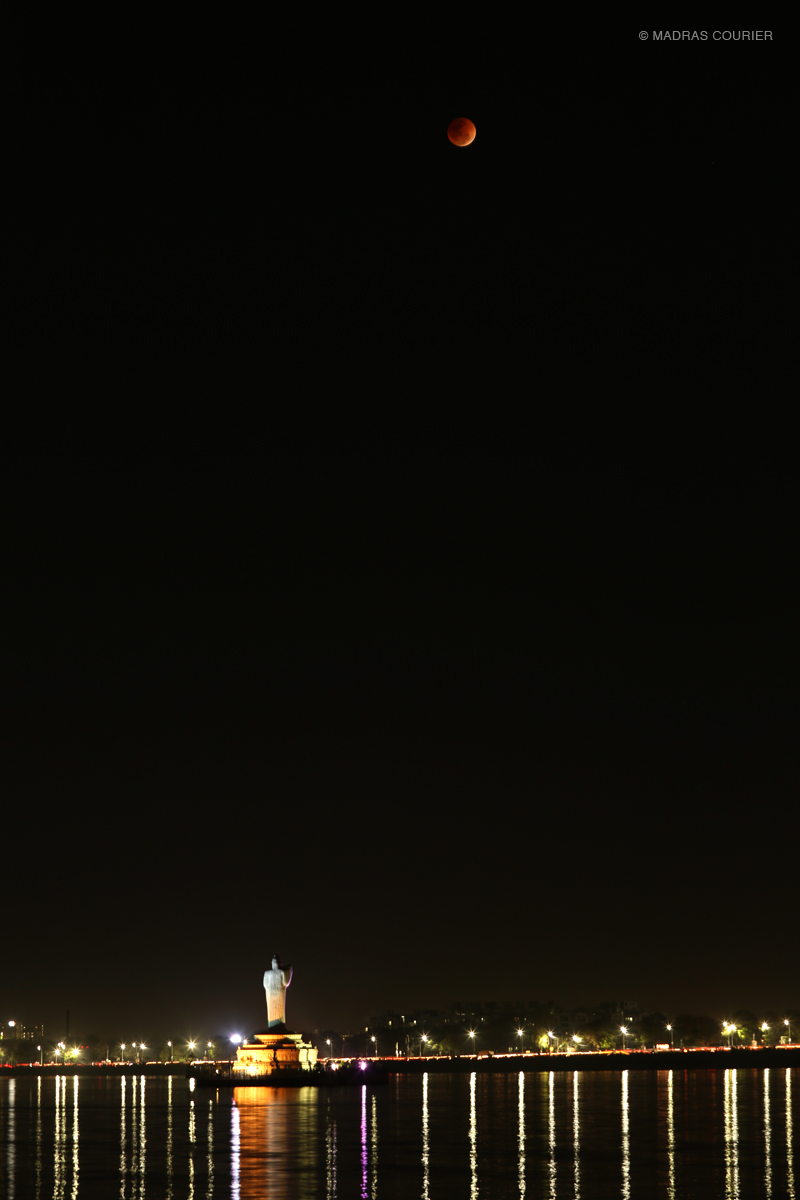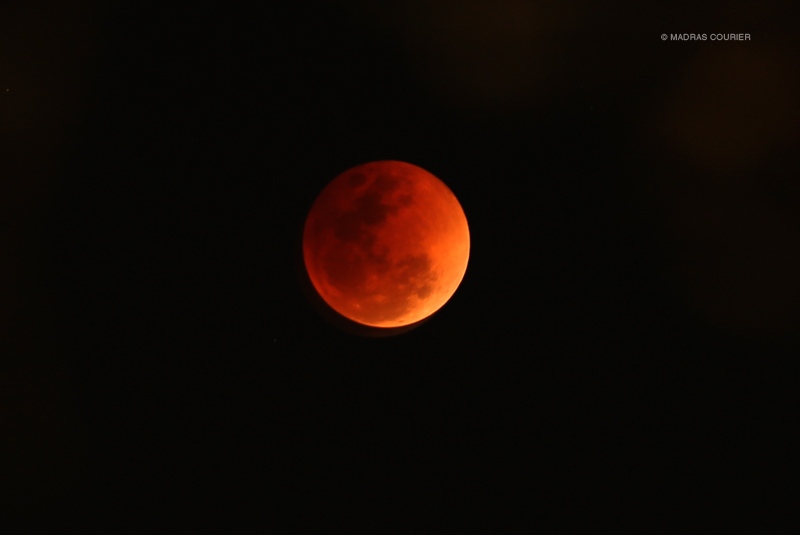On Wednesday, January 31, 2018, the world witnessed a rare celestial event. For the first time in 152 years, a blue moon (a second full moon in a calendar month), a supermoon (when the moon is at its closest point to the earth) and a blood moon (a moment during an eclipse when the moon appears red because it is in the earth’s shadow) coincide on a total lunar eclipse day. (NASA) called this phenomenon the ‘Super Blue Blood Moon.’
It’s a visual treat. And those who are alive to witness this phenomenon are lucky, to say the least, for generations of humans have lived and died without having had the opportunity to witness such a rare celestial event. bhvnnbhv
The journey to understanding this celestial phenomenon started centuries ago by ancient Indian astronomers. The collection of classical Sanskrit literature on astronomy, written over a period of time by consecutive astronomers and mathematicians, displays a deep knowledge and understanding of the mean motion of the planets, the colours of the lunar eclipse, and the degree of their totality.

Copyright©Madras Courier, All Rights Reserved. You may share using our article tools. Please don't cut articles from madrascourier.com and redistribute by email, post to the web, mobile phone or social media.Please send in your feed back and comments to [email protected]











